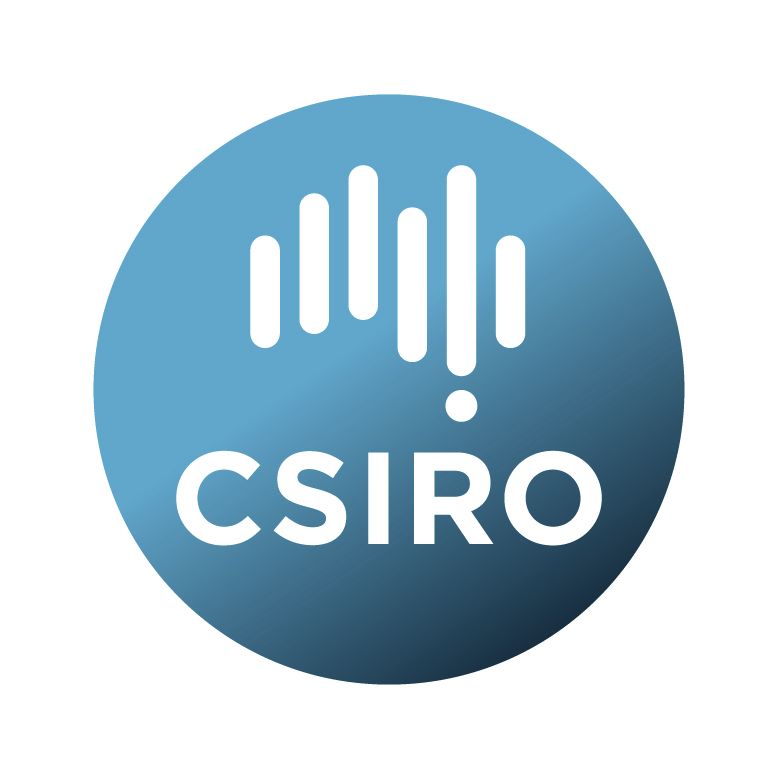Brief description
Soil surface clay percent is one of 19 attributes of soils chosen to underpin the land suitability assessment of the Flinders and Gilbert Agricultural Resource Assessment (FGARA) project through the digital soil mapping process (DSM). This raster data (in GeoTIFF format) represents a modelled surface of clay in the soil surface measured as a percent and is derived from laboratory, MIR and environmental covariates. The data is used in assessment of soil physical factors eg water infiltration, seedling establishment and machinery workability.The attribute data file is named "ClayPredictions.tif".
Also included are data reflecting confidence of the main dataset. This file is named "Clay_SD.tif". "SD" represents "standard deviation".
The DSM process is described in the technical report: Bartley R, Thomas MF, Clifford D, Phillip S, Brough D, Harms D, Willis R, Gregory L, Glover M, Moodie K, Sugars M, Eyre L, Smith DJ, Hicks W and Petheram C (2013) Land suitability: technical methods. A technical report to the Australian Government for the Flinders and Gilbert Agricultural Resource Assessment (FGARA) project, CSIRO.
This raster data provides improved soil information to identify opportunities and promote detailed investigation for a range of sustainable development options and was created within the “Land Suitability” component of FGARA projects.
Lineage: This data has been created from a range of inputs and processing steps. Below is an overview. Broadly, the steps were to:
1. Collate existing data (data related to: climate, topography, soils, natural resources, remotely sensed etc of various formats; reports, spatial vector, spatial raster etc.).
2. Select additional soil and attribute site data by Latin hypercube statistical sampling method applied across the covariate space.
3. Carry out fieldwork to collect additional soil and attribute data and understand geomorphology and landscapes.
4. Build models from selected input data and covariate data using predictive learning via rule ensembles in the RuleFit3 software.
5. Create Soil Surface Clay Percenct Digital Soil Mapping (DSM) key attribute output data. DSM is the creation and population of a geo-referenced database, generated using field and laboratory observations, coupled with environmental data through quantitative relationships. It applies pedometrics - the use of mathematical and statistical models that combine information from soil observations with information contained in correlated environmental variables, remote sensing images and some geophysical measurements.
Quality assessment of the attribute data is mapped spatially as a function of the model output by evaluating the rigour of the DSM attribute data using non-parametric bootstrapping of the DSM modelling. For more information refer to “Land suitability: technical methods. A technical report to the Australian Government for the Flinders and Gilbert Agricultural Resource Assessment (FGARA) project”.
Available: 2014-02-19
Data time period: 2013-09-01 to ..
Subjects
Agricultural, Veterinary and Food Sciences |
AGRICULTURE-Crops |
AGRICULTURE-Irrigation |
Agricultural Land Management |
Agricultural Land Planning |
Agricultural Spatial Analysis and Modelling |
Agriculture, Land and Farm Management |
Australia |
Digital Soil Mapping |
FGARA |
Flinders catchment |
Gilbert catchment |
INDUSTRY-Primary |
LAND-Use |
Queensland |
SOIL |
soil attributes |
soil surface clay percent |
User Contributed Tags
Login to tag this record with meaningful keywords to make it easier to discover


